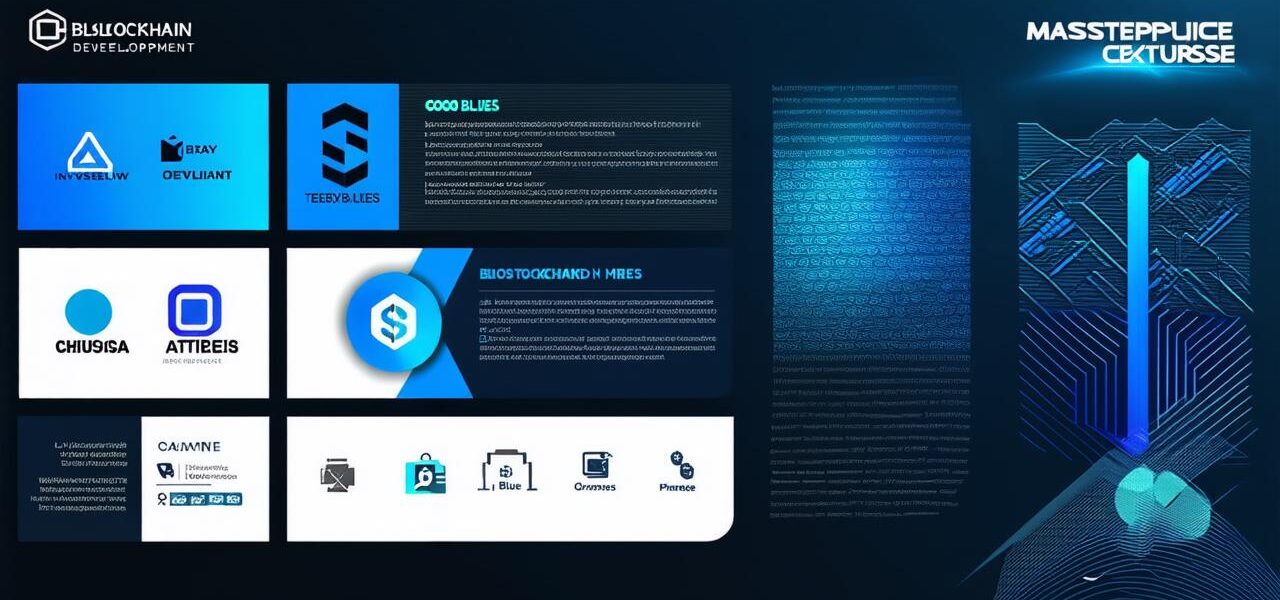
Exploring Blockchain Development: A Comprehensive Course Overview
Blockchain technology has been at the forefront of innovation in recent years, transforming industries from finance and supply chain management to healthcare and more. With the increasing adoption of blockchain technology, there is a growing demand for professionals with expertise in this field. In this article, we will explore what it takes to become a proficient blockchain developer and provide a comprehensive overview of the skills and knowledge required for success in this field.
What is Blockchain Development?
Blockchain development involves designing and building decentralized applications (dApps) that run on blockchain networks. A blockchain is a distributed ledger technology that enables secure and transparent transactions without intermediaries. The key features of a blockchain are immutability, transparency, and decentralization.
Key Skills for Blockchain Development
Programming: To become a proficient blockchain developer, one must have a strong foundation in programming languages such as Solidity (for Ethereum), Vyper (a high-level Solidity dialect), and JavaScript (for web3.js). Knowledge of programming concepts such as data structures, algorithms, and object-oriented design is also essential.
Cryptography: Cryptography is the practice of securing communication and information by encoding it in a way that makes it difficult for unauthorized parties to access or manipulate. Understanding cryptographic principles such as public key cryptography, hashing, and digital signatures is crucial for building secure blockchain applications.
Consensus Mechanisms: A consensus mechanism is a set of rules that govern how nodes on a blockchain network agree on the state of the ledger. Knowledge of consensus mechanisms such as Proof of Work (PoW), Proof of Stake (PoS), and Delegated Proof of Stake (DPoS) is essential for building scalable and efficient blockchain networks.
Smart Contract Design: Smart contracts are self-executing programs that run on a blockchain network. Knowledge of smart contract design principles such as modularity, abstraction, and encapsulation is crucial for building robust and secure smart contracts.
Network Architecture: Understanding the architecture of blockchain networks is essential for designing scalable and efficient systems. Knowledge of network topologies such as star, mesh, and tree structures is necessary for building resilient and fault-tolerant networks.
Real-Life Examples of Blockchain Development
One example of successful blockchain development is the creation of Decentralized Autonomous Organizations (DAOs). A DAO is a self-governing entity that operates on a blockchain network. The DAO’s rules and regulations are encoded in smart contracts, making it possible for members to govern themselves without intermediaries.
Another example of blockchain development is in the financial industry, where blockchain technology is being used to build decentralized exchanges (DEXs), peer-to-peer lending platforms, and payment systems. These applications are transforming the way we exchange value and conduct transactions, making it possible for individuals and businesses to transact directly without intermediaries.
Blockchain Development Tools and Resources

<p



